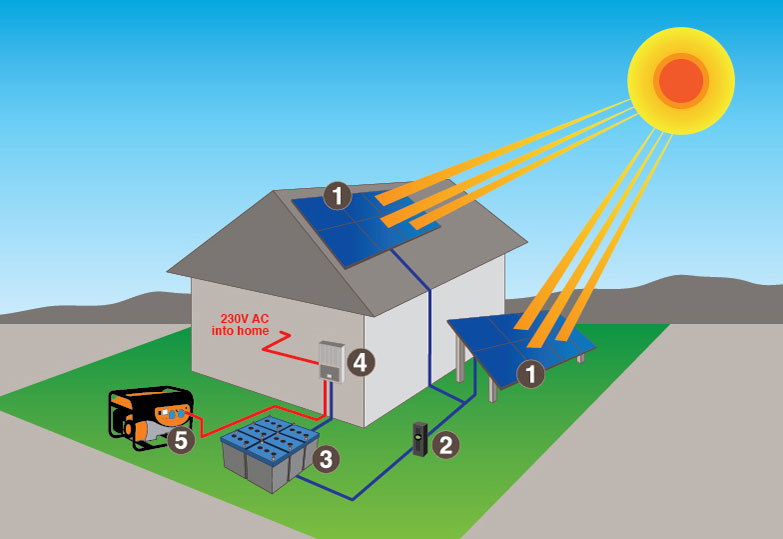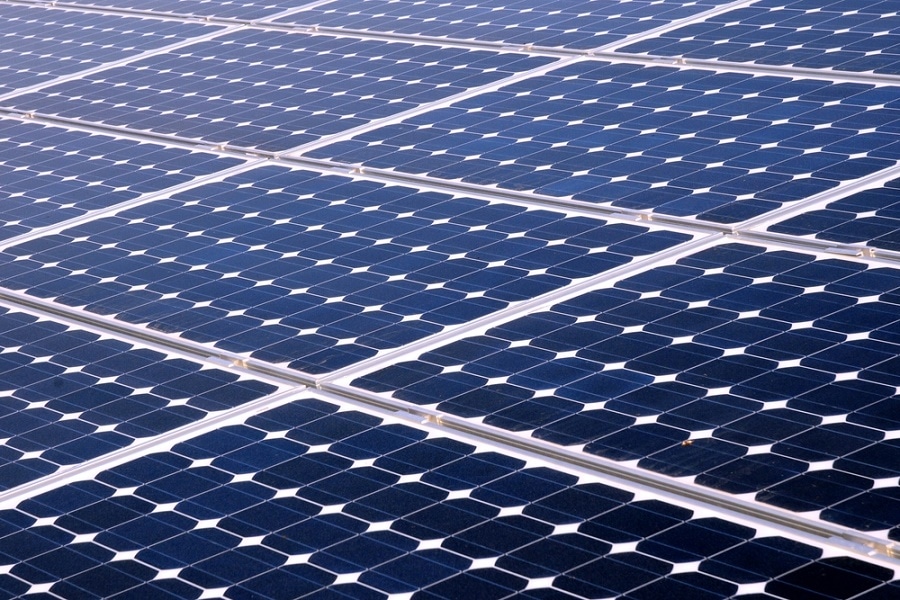Living remotely sometimes means that you need to have an independent power source to power all of your appliances, and the best way to do that is by installing an off-grid solar energy system. On the other hand, if you live in an urban or a suburban area, then your house is probably connected to the main grid, in which case you’ll be better off with an on-grid solar setup. However, there are also those who are connected to the main grid but want to become independent from it, so they also go for an off-road system. If you’re contemplating whether you should go for an on-grid or off-grid power system, you need to be well aware of the differences between the two before making the final decision.

Off-Grid Solar Systems
As briefly aforementioned, off-grid solar setups let you live remotely whether it’s in a remote house, a boat or a van. These systems allow you to generate your own energy and use it to live independently. The most important thing to consider with these systems is how much power you’ll need. In order to do that, estimate your power usage and work out the size of the system you’ll need. Then, you’ll have to consider how much power you’ll be getting throughout winter. Some places have a bigger number of warm days than others, but luckily, winters aren’t that long in Australia.
Further, you have to consider the ideal system voltage for you. The most popular system voltages for off-grid systems are 12V and 24V. If you’re going to be using 230V AC power, then you’re going to need a 24V system, including a 24V battery and a 24 volt solar panel. The advantage of using a 24 volt solar panel and a battery is that they’ll save you money in the long-term, as you’ll need fewer charge controllers to generate the same amount of power.
And lastly, you have to invest in an inverter. You’ll need the inverter to convert the DC power that’s drawn from the panels and stored in the battery into 230V AC. The best type of inverter is the pure sine wave, as it’s the safest and most efficient.

On-Grid Solar Systems
On-grid solar setups, when compared to off-grid, are very simple. You just need to connect the solar panels on your roof to a grid inverter that’s connected to your already existing electrical network in the house. This can be done on any scale, depending on your budget and needs. You can add a few solar panels to reduce your electricity bill, along with a microinverter to get started.
The size of the on-grid setup will mostly depend on your roof space and your budget. Most houses in Australia can self-sustain with about 4kW of solar power. Medium and large installations will usually implement an array of panels and a grid inverter. The panels are connected in a string and are then connected to the inverter, which is then connected to the house’s electrical mains consumer unit.
